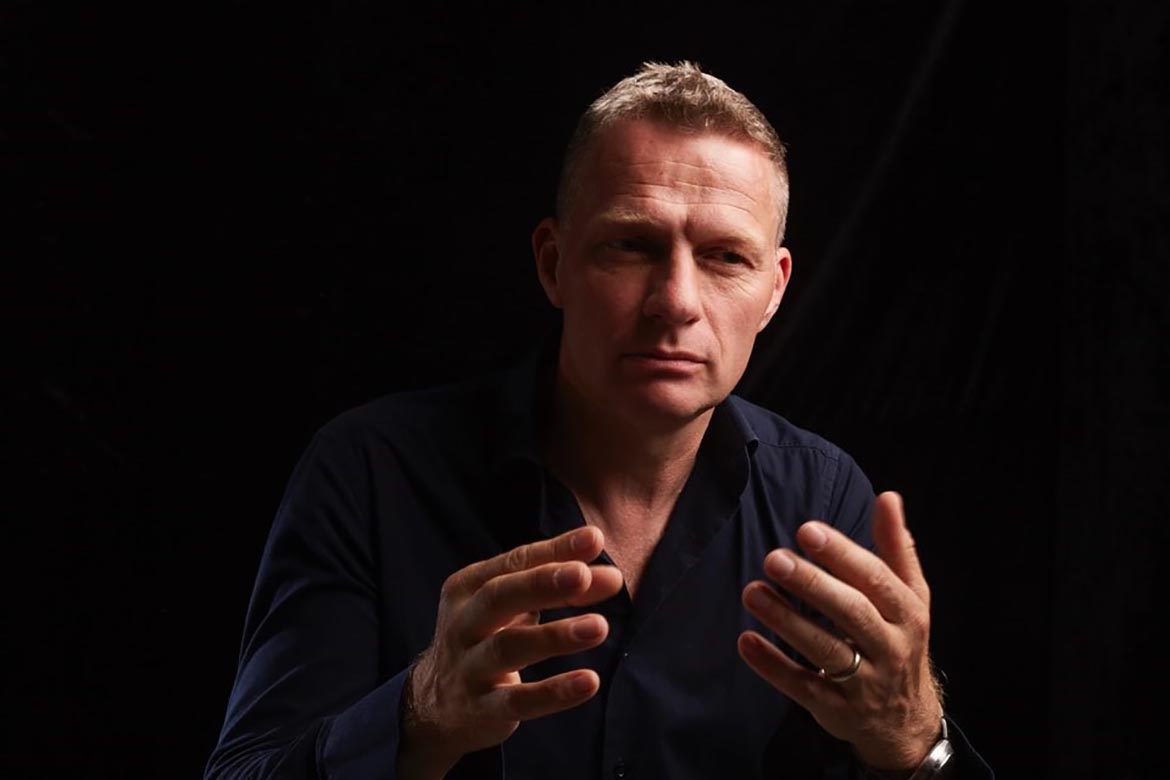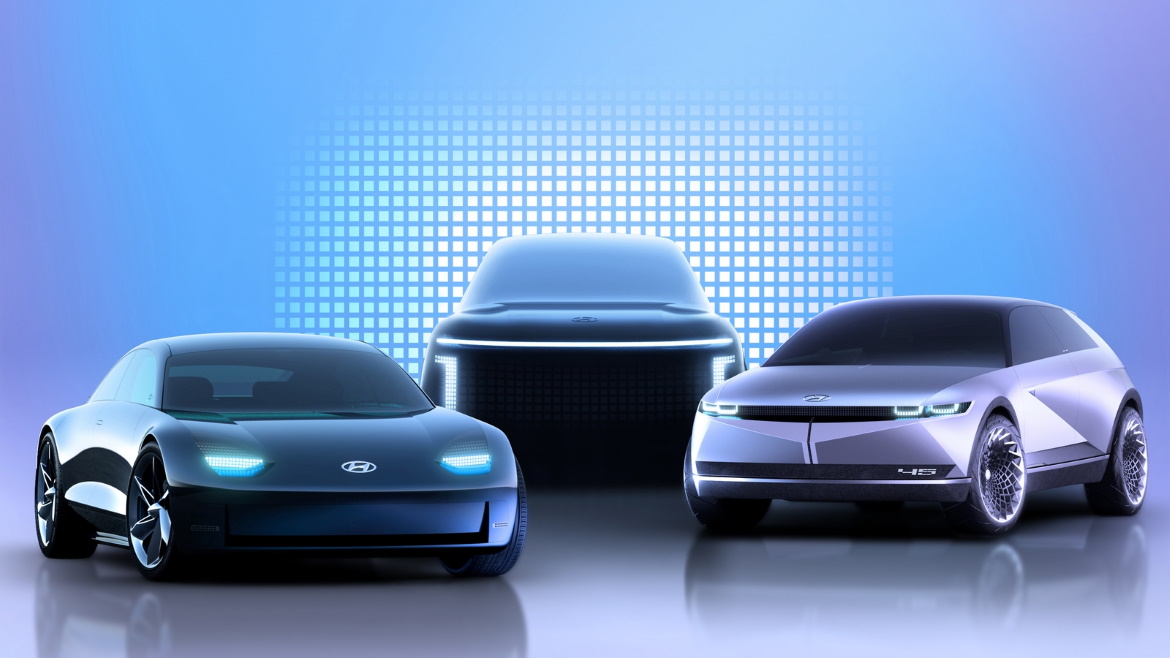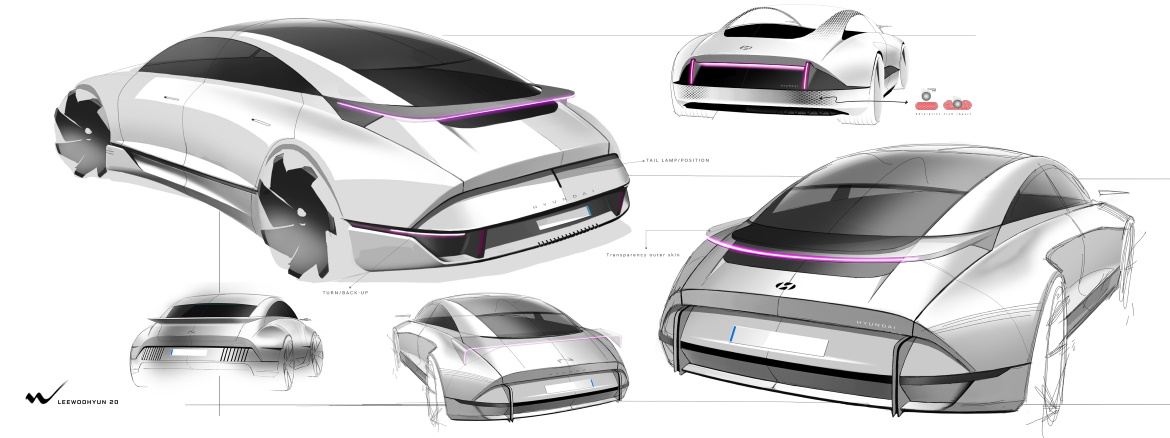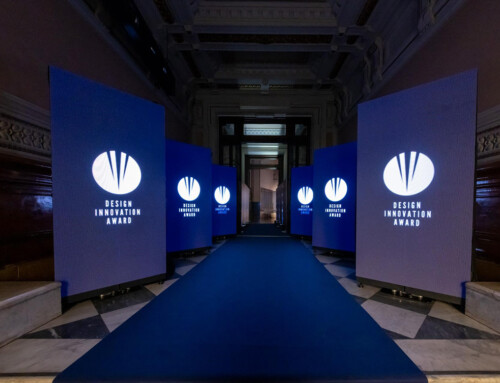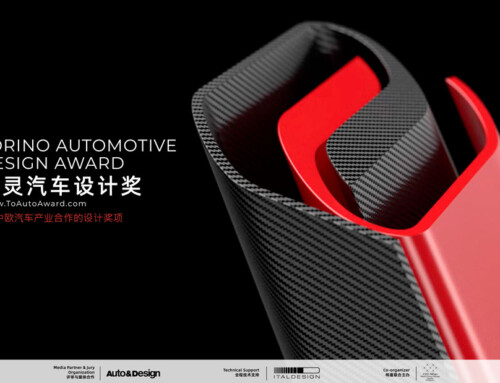The future between electrification and new shapes. Simon Loasby, Head of Hyundai Style, talks about tomorrow for the Korean brand, which has undergone a radical styling transformation in recent years to cater more to European customers.
Personalization is one of the global megatrends. It leads to a huge differentiation of concepts and tastes in life. Are there still automotive design principles that work globally and in all kinds of environments?
Hyundai has design studios all over the world, and as designers, we are almost like anthropologists in every region. We are observing what is happening. We’re looking at what the current trends are, but we’re also identifying what the future trends will be. Some markets have things in common, other markets are really unique. Europe tends to look for more compact cars, Europeans tend to prefer what I call ‘a small, high-density product.’ Whereas, in both Korea and the United States, larger cars are appreciated. Sedans are still very much going in Korea-a trend that is disappearing in other regions, whereas but in Korea they are still a big thing.
Comparing Korean car design with European car design, what are the major correspondences? And what are the key differences?
I don’t think there is a Korean type of automotive design or a European type. Trends these days are so global. We can go back to 1997 and blame the Internet for that…. But there is a type of vehicle that better suits the taste of the market in Europe or Korea. So it’s about building a narrative of what the brand is trying to do and finding what I call the role of that car in the portfolio.
It’s kind of like the role of a chess piece. When you have a full chess board, you have your team and different pieces have different roles. That’s the way our Hyundai portfolio is. Different cars have different roles and fit different people, different segments. But they are still all Hyundai, they all come from the same chess set. We like to describe this as a new level of consistency. A good example is the continuity of the Parametric Pixel on our IONIQ products. The pixel is sort of the base of our chess pieces: unique and instantly recognizable. Our job in design is to find something that is extremely modern but, at the same time, authentic to Hyundai. To find that Koreanness that is globally outstanding and loved. This gives us an authenticity in creating an inspiration base for our ideas.
You once said that “design is not worrying about being wrong.” Can you elaborate on that please?
This statement is absolutely correct in my opinion. Designers should not worry about being wrong. It is part of our internal philosophy, our daily work with designers. If you are worried, you will be less creative. Sir Ken Robinson’s TED Talk “Do Schools Kill Creativity?” a few years ago had a huge influence in my thinking, and I learned a lot from him, from this philosophy of giving people the freedom to experiment, to try. Of course, you give them guidelines, but if they make mistakes, there’s nothing wrong with that.
Just this afternoon I looked at the external work of our European team and my first reaction was “No,” on a proposal. Then I thought, “Wait a second, go back.” The reason I’m saying “No” is because I was uncomfortable with something I hadn’t considered before. And so my “No” actually means “Yes, go ahead.” Because it’s something I didn’t expect and it’s brave to try it, it’s brave to show it. I’m a big proponent — within the guidelines of the direction of what we’re trying to do for a new car — of experimentation. So do exactly what we’re asking and try something else too, that’s fine. And if it doesn’t work, it’s still okay.

